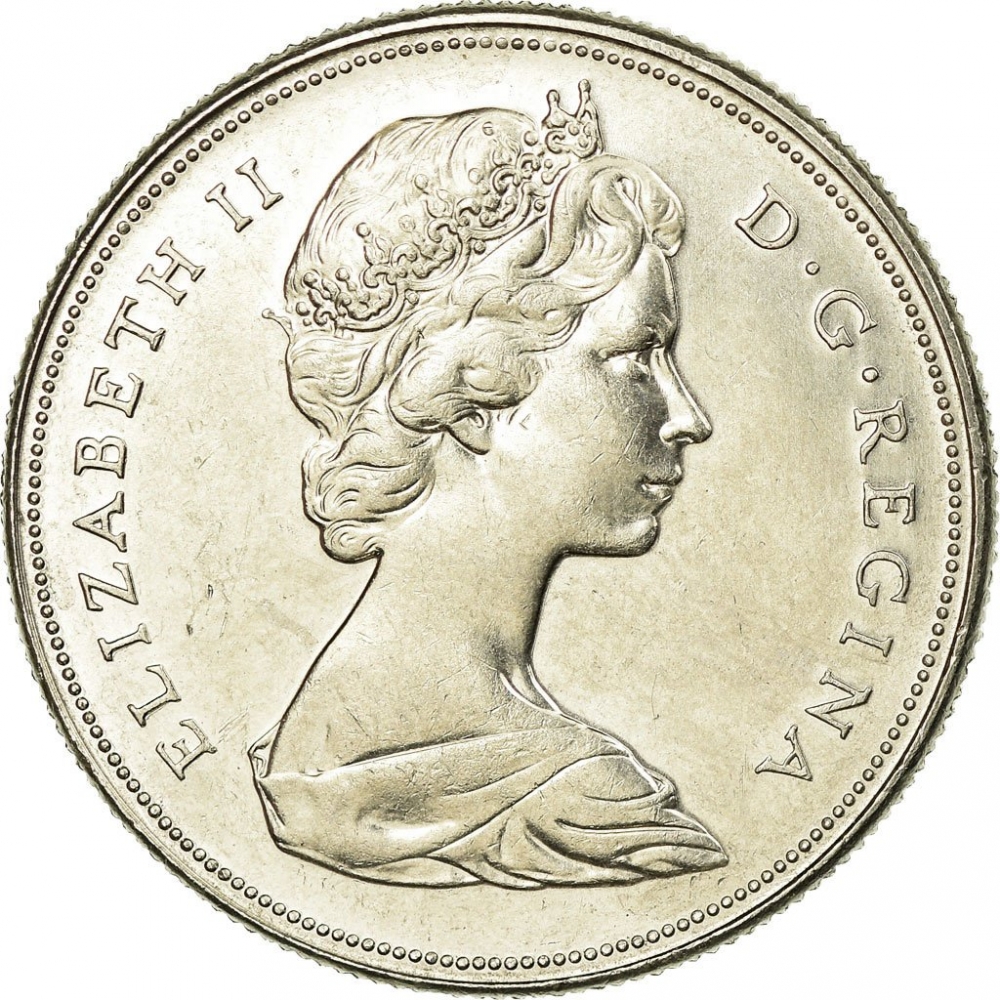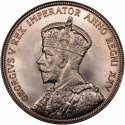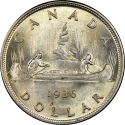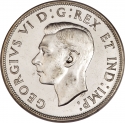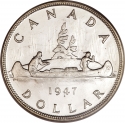You are about to finish your registration. Please check your mailbox (including spam folder). There should be a letter with a confirmation link. Check setting to make sure that your e-mail address is correct.
Send letter againDescription
In 1970, for the celebration of the 100th anniversary of the accession of Manitoba, the prairie crocus was featured on a Canadian dollar.
Manitoba is a province at the longitudinal centre of Canada. It is often considered one of the three prairie provinces (with Alberta and Saskatchewan). Indigenous peoples have inhabited what is now Manitoba for thousands of years. In the late 17th century, fur traders arrived on two major river systems, what is now called the Nelson in northern Manitoba and in the southeast along the Winnipeg River system. A Royal Charter in 1670 granted all the lands draining into Hudson's Bay to the British company and they administered trade in what was then called Rupert's Land. During the next 200 years, communities continued to grow and evolve, with a significant settlement of Michif in what is now Winnipeg. The assertion of Métis identity and self-rule culminated in negotiations for the creation of the province of Manitoba. There are many factors that led to an armed uprising of the Métis people against the Government of Canada, a conflict known as the Red River Rebellion. The resolution of the assertion of the right to representation led to the Parliament of Canada passing the Manitoba Act in 1870 that created the province.
Manitoba's capital and largest city, Winnipeg, is the eighth-largest census metropolitan area in Canada. Other census agglomerations in the province are Brandon, Steinbach, Portage la Prairie, Winkler, and Thompson.
Obverse

|
Second crowned portrait of HM Queen Elizabeth II facing right, wearing the Girls of Great Britain and Ireland tiara. ELIZABETH II D·G·REGINA |
|---|---|
Reverse

|
A prairie crocus is surrounded by legend, country name and facial value. The designer’s initials “RT” in the middle of the design below the stem of the centre flower. MANITOBA 1870·1970 |
| Edge |
1 Dollar
2nd portrait
100th Anniversary of the Accession of Manitoba
KM# 78 Schön# 74
100th Anniversary of the Accession of Manitoba
